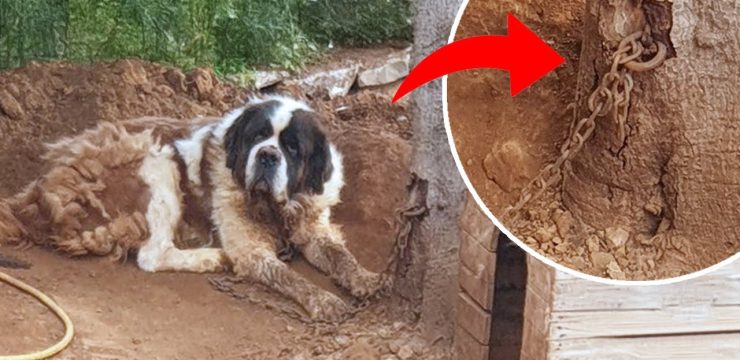Using an electric kettle to boil water is a simple yet essential routine in many households. Its convenience makes it a favorite appliance, allowing you to have boiling water ready within minutes with just the push of a button. Whether it’s for making tea, coffee, instant soup, or even speeding up the cooking process, an electric kettle is a staple in modern kitchens.

However, despite its ease of use, many people unknowingly make mistakes when handling their electric kettle, which can reduce its lifespan, affect its efficiency, and even pose safety risks. Some habits that seem harmless may actually lead to mechanical failures or potential health concerns over time. If you want to maximize the durability of your electric kettle and ensure that it operates safely and effectively, it’s crucial to be aware of these common mistakes and how to avoid them. Below are five errors that 9 out of 10 households tend to make when using an electric kettle, along with practical solutions to keep your appliance in top shape.
One of the biggest mistakes people make is assuming that all electric kettles are created equal. Because of this, many consumers choose the cheapest option available, without considering the material and build quality. The truth is, the type of material used in the kettle plays a significant role in its longevity and safety. When purchasing an electric kettle, always look for one made from 304 stainless steel. This high-quality material is highly resistant to corrosion, withstands high temperatures, and is free from harmful chemicals that might leach into your boiling water. Cheaper kettles made of low-grade metal or plastic may release toxic substances over time, which can have adverse effects on health. Investing in a well-made electric kettle ensures not only durability but also safe, uncontaminated water for daily use.
Another frequent mistake is overfilling the kettle. Many people tend to fill it to its maximum capacity—or even beyond—thinking that it will provide more hot water at once, saving time and effort. However, overfilling can lead to spillage during the boiling process, causing water to leak into the electrical base and increasing the risk of short circuits or damage. Additionally, excess water may take longer to heat up, reducing energy efficiency. To prevent this, always check the maximum water level indicator inside the kettle and avoid surpassing it. Keeping the water level within the recommended limit ensures safe usage, prevents unnecessary wear and tear on the appliance, and minimizes the chances of electrical hazards.
Another seemingly minor yet damaging habit is turning on the kettle before adding water. Some people absentmindedly switch it on before filling it, thinking they can quickly add water afterward. However, running the kettle in a dry-boil state, even for a short time, can significantly impact its heating element. Without water to absorb the heat, the internal components can overheat, leading to premature damage or even an electrical short circuit. Although most modern kettles come with an automatic shutoff feature to prevent dry boiling, repeatedly turning on an empty kettle can still cause long-term wear. To use your kettle safely, always ensure you add water before plugging it in and switching it on. Additionally, make it a habit to check that the base is dry before placing the kettle on it. After use, unplug the kettle to reduce electrical risks and extend its lifespan.
Surprisingly, many people also make the mistake of pouring out all the water immediately after boiling. While this may seem like a practical way to keep the kettle clean, it can actually be harmful to its internal components. When the heating element is still hot, suddenly exposing it to air by removing all the water can lead to excessive drying of the thermal relay, causing it to degrade faster over time. To avoid this, it’s best to leave a small amount of water inside the kettle after each use. Before boiling fresh water, simply discard the remaining water and rinse the kettle. This small but effective step helps maintain the functionality of the heating element, ensuring consistent performance over the long run.
Lastly, neglecting regular cleaning is one of the most common yet overlooked mistakes. Over time, mineral deposits, commonly known as limescale, can build up inside the kettle, especially if you live in an area with hard water. This residue not only affects the taste and quality of boiled water but also reduces the efficiency of the heating element. If left untreated, limescale can cause the kettle to take longer to heat up, leading to increased energy consumption and potential damage to internal components. To keep your kettle in excellent condition, clean it regularly using a natural and effective method. Mix equal parts of white vinegar and water, pour the solution into the kettle, and bring it to a boil. Let it sit for about 10 minutes, then discard the liquid and wipe the inside with a clean cloth. Vinegar’s natural acidity effectively breaks down the mineral buildup, leaving your kettle clean and ready for use. Regular descaling prevents clogging, ensures better-tasting water, and extends the appliance’s lifespan.
Using an electric kettle is incredibly convenient, but small missteps in handling and maintenance can lead to unnecessary damage, reduced efficiency, and even health risks. By following simple best practices, you can ensure your kettle remains in top working condition while keeping your water safe to consume. Always choose a high-quality kettle made from 304 stainless steel to avoid harmful contaminants. Be mindful not to overfill it, as excess water can cause spills and potential electrical hazards. Never turn on the kettle before adding water, as dry boiling can significantly damage the heating element. Keep a small amount of water inside after each use to protect the thermal relay and prevent excessive wear. Lastly, make it a habit to clean the kettle regularly using white vinegar to remove limescale buildup and maintain optimal performance.
By implementing these small yet impactful changes, you can significantly extend the life of your electric kettle, maintain the quality of your boiled water, and ensure safety in your kitchen. These simple habits not only protect your appliance but also contribute to better health and energy efficiency in your household. An electric kettle is a valuable tool—treat it with care, and it will continue to serve you well for years to come.





